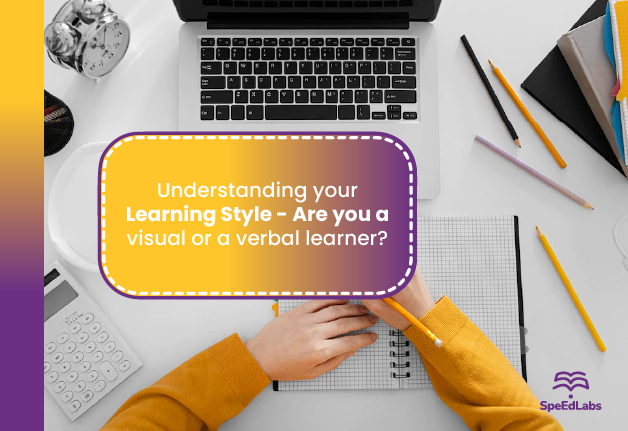Each person benefits from different learning preferences and styles. Some people may even discover that they have a dominant learning style. Others say that depending on the situation, they prefer different learning styles. There is no right or wrong answer to which learning style or combination of learning styles is best for you.
You can use techniques to improve the rate and quality of your learning by discovering and better understanding your learning styles.
In recent years, there has been a lot of emphasis in education on how teachers can better meet the needs of their students, and one of the most effective ways to do so is to learn about different learning styles.
The better teachers understand their students’ brains and how they learn, the better they can help them learn.
Even if you have never heard the term “learning style,” it is likely that you already have an idea of what it is. You probably already know if learning by listening is difficult for you, but once you get your body up and moving around, everything falls into place. Maybe you enjoy listening to audiobooks, but when you sit down to read a paper book, nothing makes sense. When you talk about yourself in this way, you are describing your learning style.
Auditory Learner
You learn by hearing and listening if you are an auditory learner. You comprehend and recall what you have heard. You remember information based on how it sounds, and you understand spoken instructions better than written instructions. Reading aloud is a common way to learn because you need to hear or speak it to understand it.
If you are an auditory learner, you will probably hum or talk to yourself or others to pass the time when you are bored. Even if you are hearing and understanding everything that is being said, people may think you are not paying attention.
Here are some strategies for auditory learners like you to improve your learning.
- Place yourself in a position where you can hear
- Have your hearing checked at least once a year
- To learn new words, make flashcards and read them aloud
- Aloud, read stories, assignments, or directions
- Make a recording of yourself spelling words and then listen to it
- Reading new material aloud is a good way to learn it
Visual Learner
You learn by reading or seeing pictures if you are a visual learner. By looking at something, you can understand and remember it. You can visualise what you are learning in your head, and visual learning methods work best for you. You want to be able to see what you are learning.
You are usually neat and clean as a visual learner. You frequently close your eyes to visualise or remember something, and if you become bored, you will find something to watch. You might have trouble following spoken directions and be easily distracted by noises. Colour and imagery-rich spoken language (such as stories) pique your interest.
Here are some tips for visual learners like you to improve your learning:
- Take a seat near the front of the room. (This does not imply that you are the teacher’s pet!)
- Have your eyesight checked at least once a year
- To learn new words, use flashcards
- Try to picture what you hear or what you are reading
- Make a list of important words, ideas, or instructions
- Draw diagrams to aid in the explanation of new concepts, and then explain the diagrams
- Things should be colour coded
- When you are studying, stay away from distractions
Tactile Learner
You learn by touching and doing if you are a tactile learner. Physical movement helps you understand and remember things. You are a “hands-on” learner who prefers to touch, move, build, or draw what you are learning, and you learn better, when you are doing something physical. You must be active and take frequent breaks; you frequently communicate with your hands and gestures; you may find it difficult to sit still.
If you are a tactile learner, you enjoy taking things apart and putting them back together, and you will look for excuses to tinker or move around when you are bored. You may be extremely coordinated and athletically gifted. You can easily recall what you did, but you may have trouble recalling what you saw or heard during the process. You communicate a lot through touch, and you appreciate physical expressions of encouragement like pats on the back.
Here are some tips for tactile learners like you to improve your learning:
- Participate in activities that require you to touch, build, move, or draw
- Carry out a variety of hands-on activities, such as finishing art projects, going for walks, or acting out stories
- While reading or studying, it is fine to chew gum, walk around, or rock in your chair
- To demonstrate relationships between ideas, use flashcards and arrange them in groups
- Learn to spell by tracing words with your finger (finger spelling)
- During reading or studying periods, take frequent breaks (frequent, but not long)
- While learning, tapping a pencil, shaking your foot, or holding on to something is acceptable
- Make use of a computer to reinforce learning through touch
Also published on Medium.
